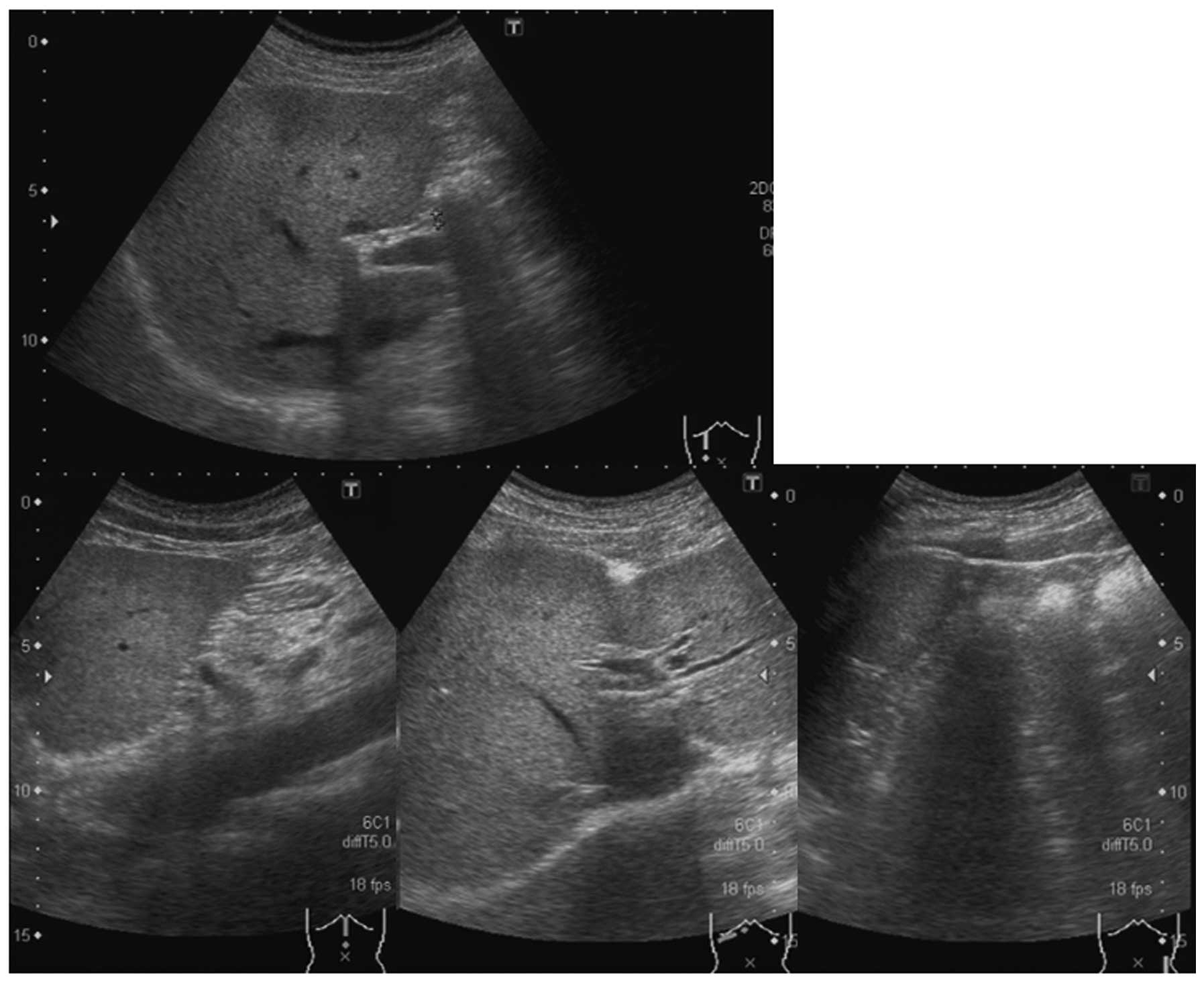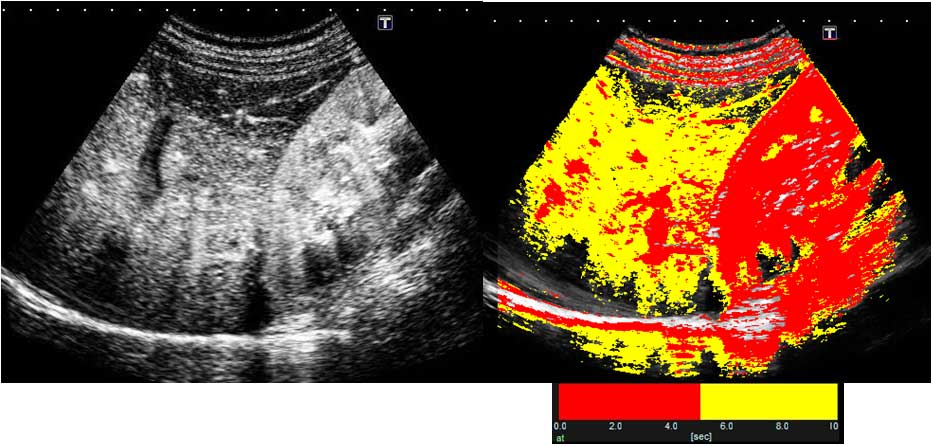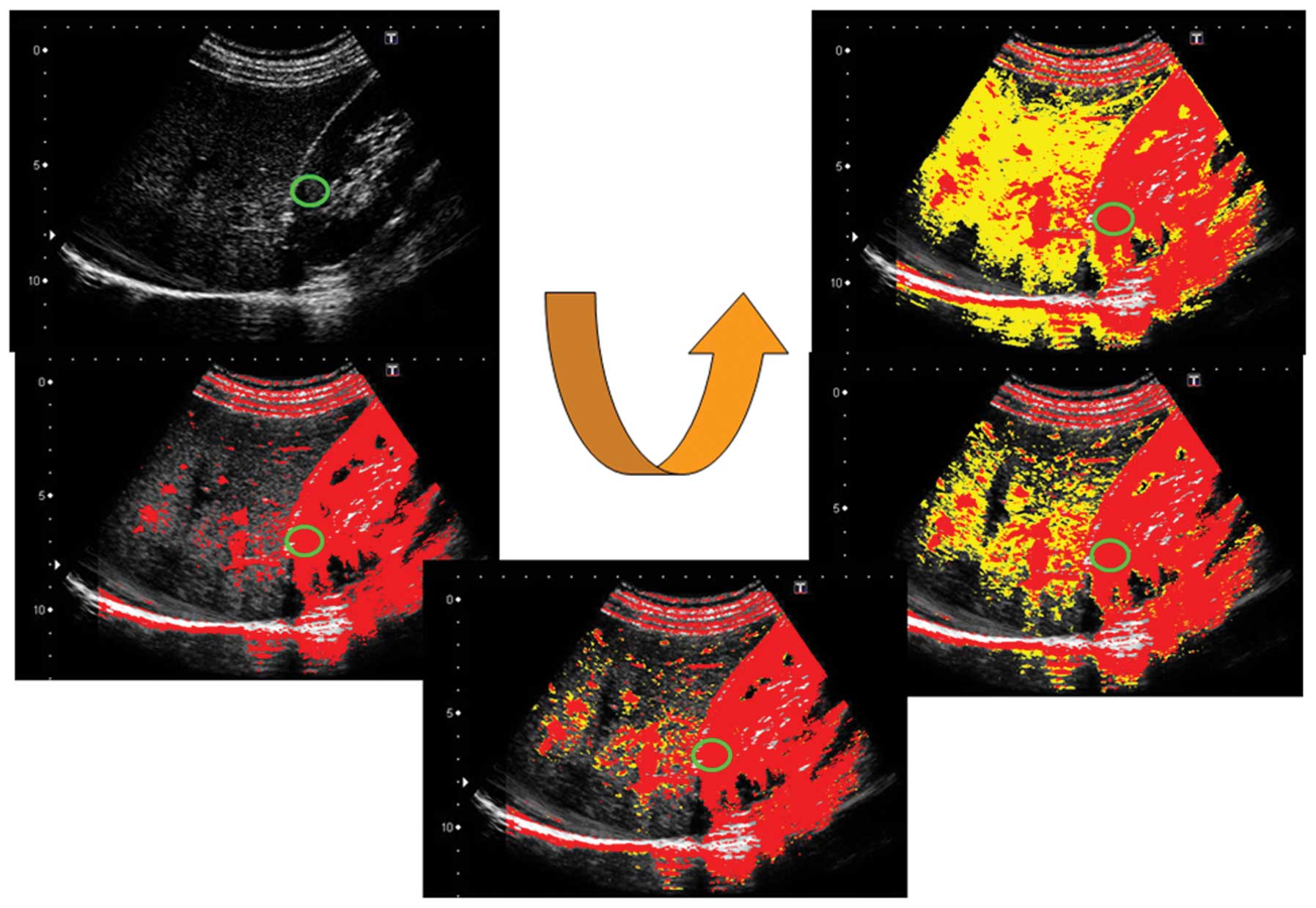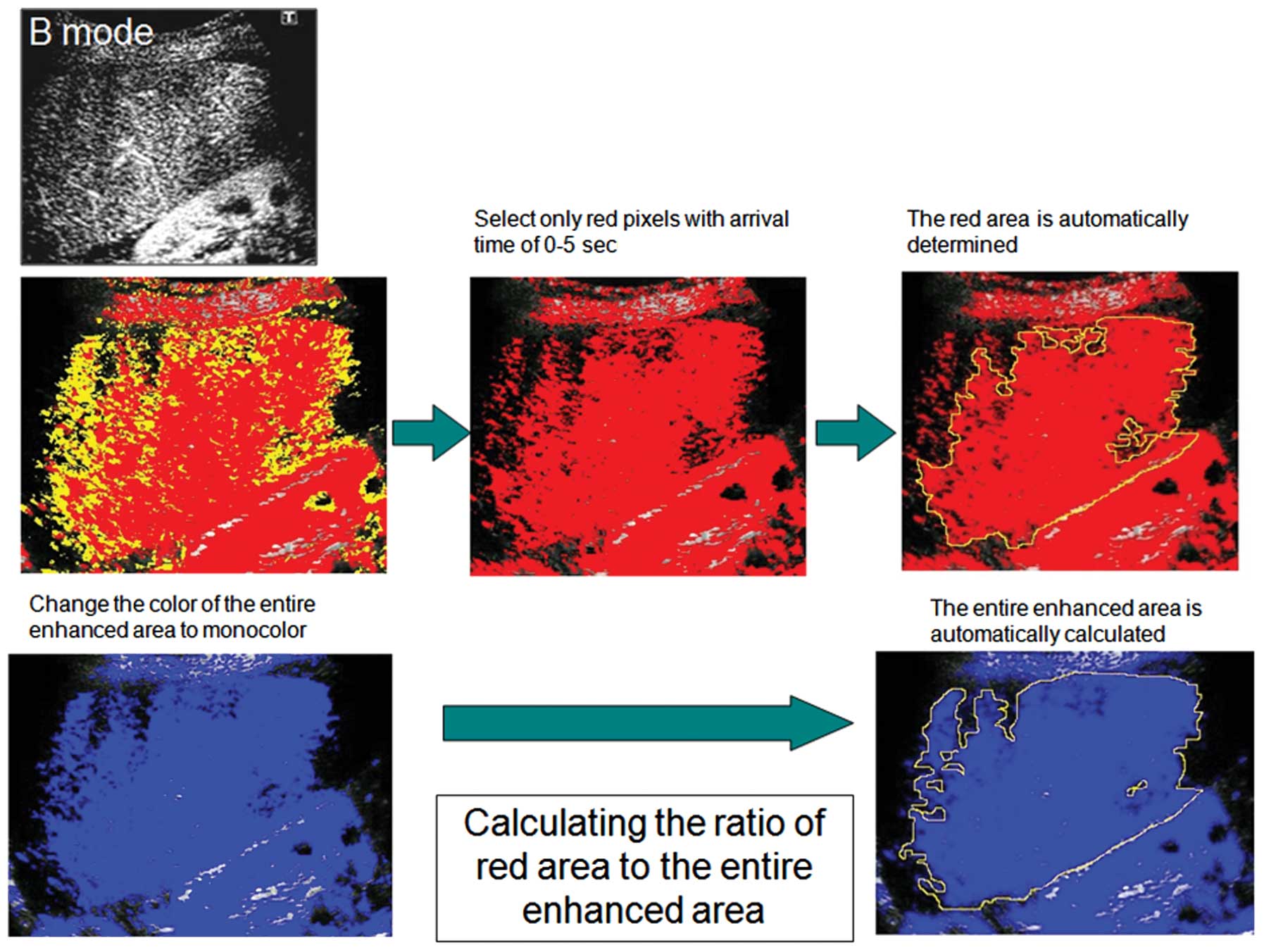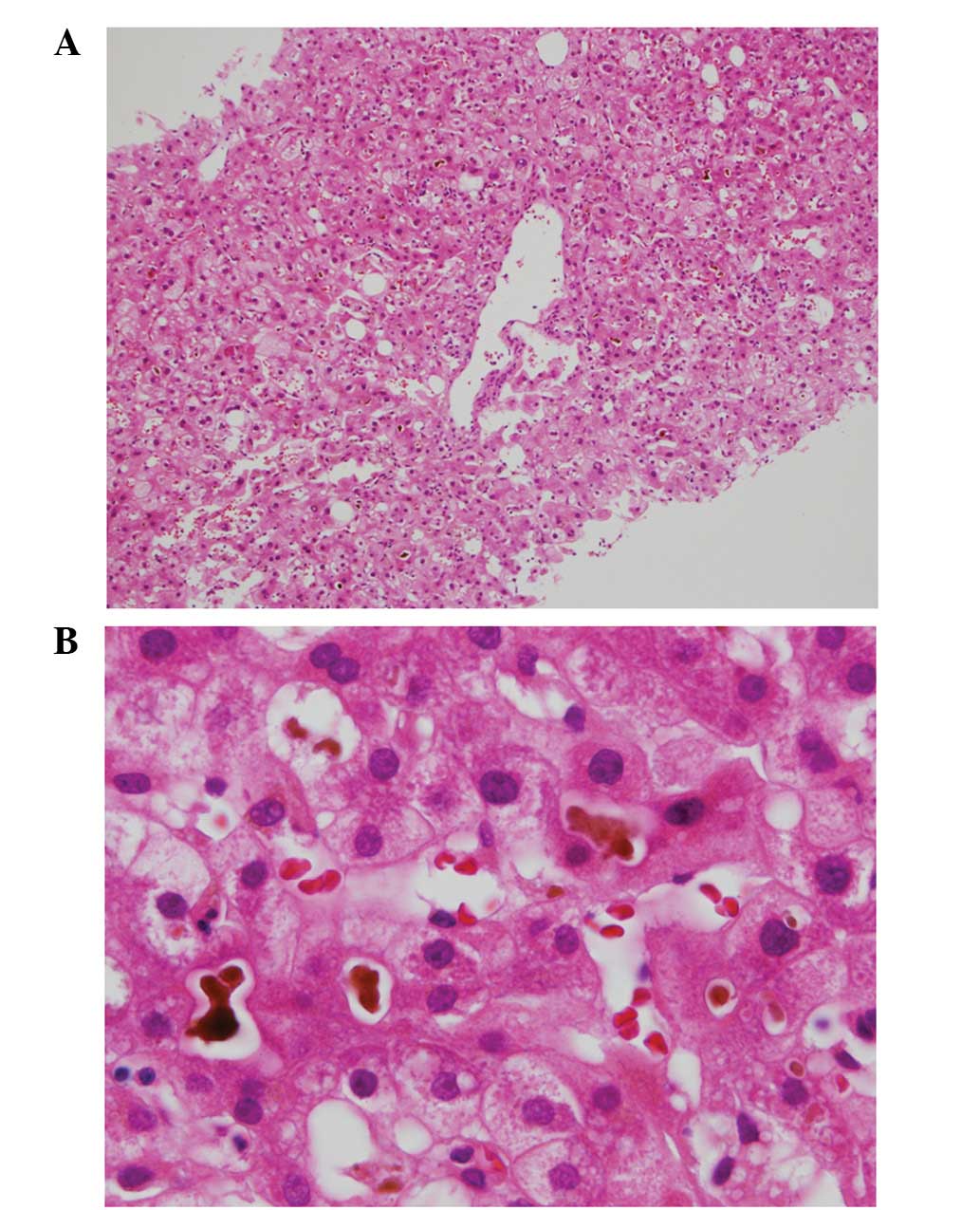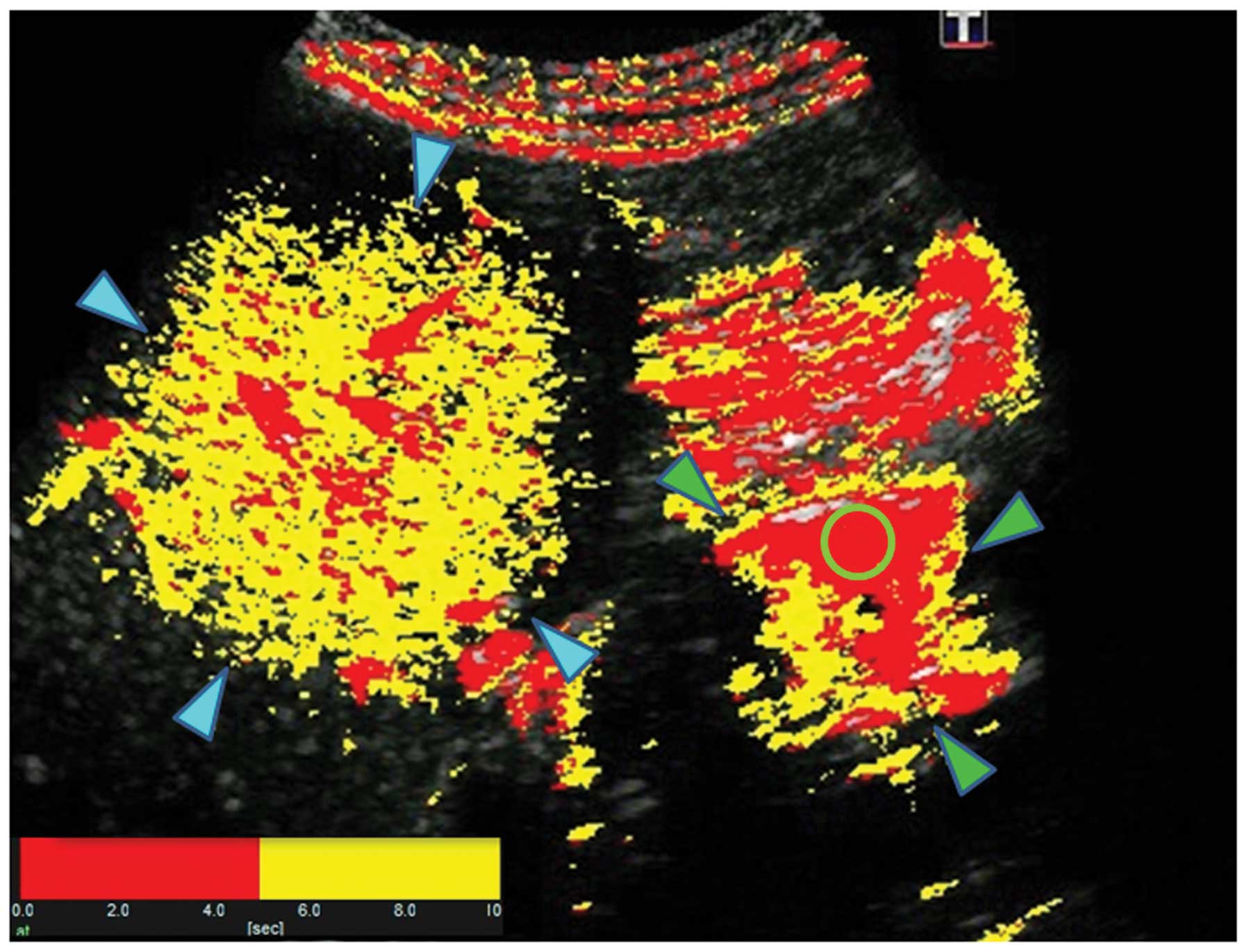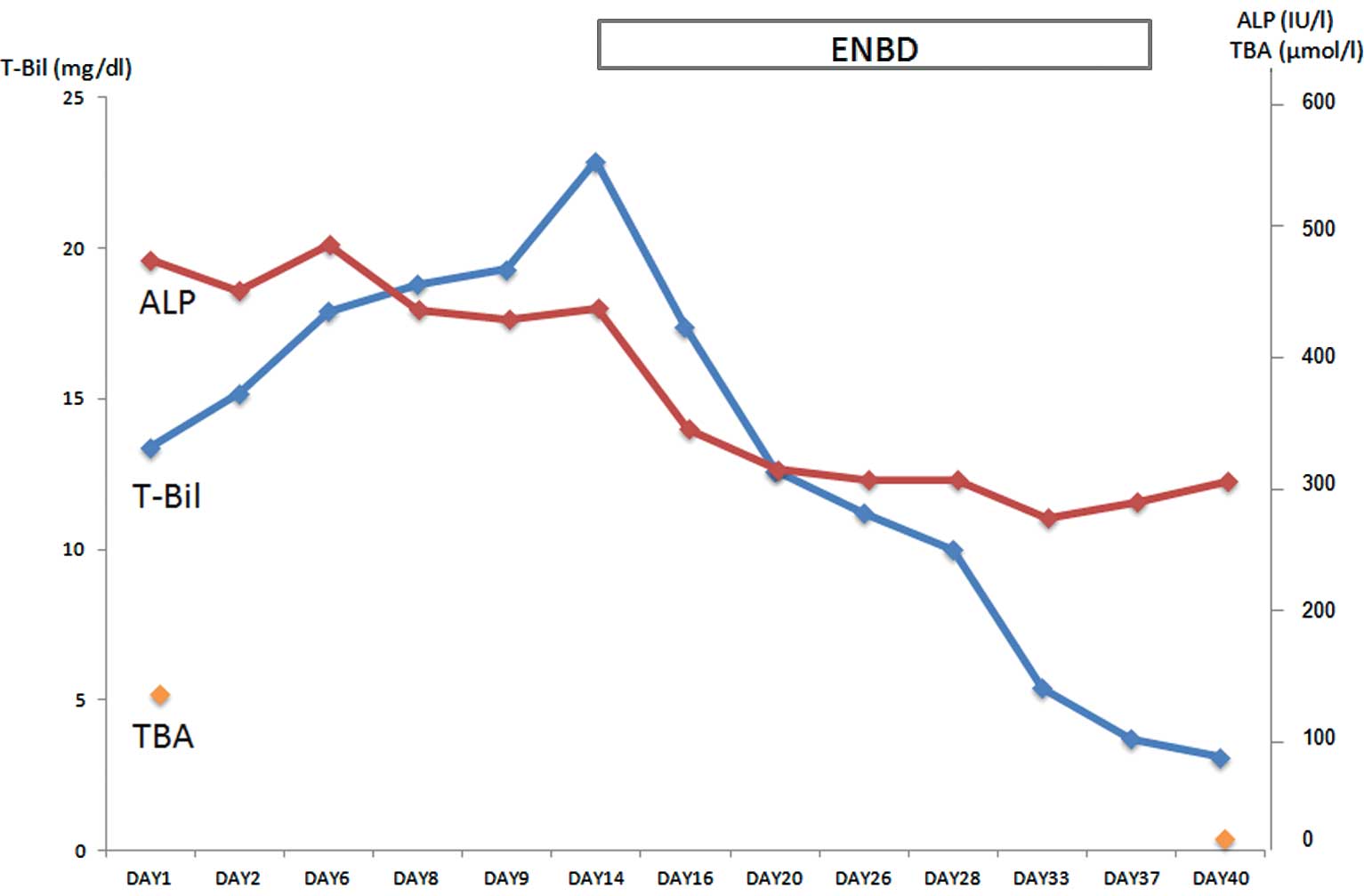Endoscopic nasobiliary drainage improves jaundice attack symptoms in benign recurrent intrahepatic cholestasis: A case report
- Authors:
- Published online on: November 16, 2012 https://doi.org/10.3892/etm.2012.814
- Pages: 389-394
Metrics:
Total
Views: 0 (Spandidos Publications: | PMC Statistics:
)
Total PDF Downloads: 0 (Spandidos Publications: | PMC Statistics:
)
Abstract
A 66‑year‑old male with unbearable pruritus and jaundice was admitted for detailed examination. Blood tests on admission showed increased bilirubin with a dominant direct fraction. Ultrasonography and computed tomography performed subsequent to admission showed no narrowing or distension of the bile ducts. As the jaundice symptoms were not improved by the oral administration of ursodeoxycholic acid (300 mg/day) that had been started immediately after admission, endoscopic retrograde cholangiopancreatography (ERCP) was performed on hospital day 14. This also showed no abnormalities of the bile ducts. After considerating its potential effects for improving jaundice, endoscopic nasobiliary drainage (ENBD) was performed on the same day and was followed by immediate improvements in pruritus and jaundice. Detailed examinations were performed to identify the cause of the jaundice, which was suspected to be viral hepatitis, autoimmune hepatitis or drug‑induced liver injury, however, there were no findings suggestive of any of these conditions. Following a further increase in bilirubin levels, confirmed by additional blood tests, a liver biopsy was performed. Histological findings were consistent with the histological features of benign recurrent intrahepatic cholestasis (BRIC). Although ursodeoxycholic acid is used as a first‑line treatment in most cases of BRIC, ENBD should also be considered for patients not responding to this treatment.



